This program alternates between Balanchine classics and an introspective contemporary pas de deux before concluding with an iconic suite of dances from the Broadway musical West Side Story.
This program features four ballets encompassing the depth and variety of the Company's repertory through the years. Balanchine is represented by Allegro Brillante, an ever-exhilarating display of the choreographer’s unmatched mastery and delight in classical technique, and Walpurgisnacht Ballet, another exercise in classical virtuosity set to the famous music from Gounod’s Faust. Robbins’ popular West Side Story Suite is a dramatic distillation of themes and dances from the beloved 1957 musical. Christopher Wheeldon, formerly the Company’s first Resident Choreographer, brings us into the 21st Century with Liturgy, a quietly haunting pas de deux set to music by contemporary composer Arvo Pärt.
George Balanchine called the exuberant Allegro Brillante “everything I know about classical ballet in thirteen minutes.”
One of George Balanchine’s most joyous, pure dance pieces, Allegro Brillante is characterized by what Maria Tallchief — the ballerina on whom the bravura leading role was created — called "an expansive Russian romanticism." The ballet is set to Tschaikovsky's Piano Concerto No. 3, a work that the composer created from sketches for a composition that was intended to be his Sixth Symphony, but which instead served as a single movement work which was published posthumously in 1894. Balanchine described this ballet as a concentrated essay in the extended classical vocabulary, in which a maximum amount of choreographic development is contained within a rather restricted area of time and space.
Liturgy, this contemplative pas de deux has a hushed, mystical quality as two dancers separate and return to one another with ever increasing intensity before disappearing into the darkness together.
Arvo Pärt, an Estonian composer born in 1935, has created several versions of Fratres, including this one, for violin, strings, and percussion. The title of the piece, which means “Brothers,” and the religious solemnity of the music bring to mind services in a medieval monastery. Choreographer Christopher Wheeldon has frequently been drawn to the music of contemporary composers. He used Pärt’s music for another piece, After the Rain, and created a trio of ballets set to music by György Ligeti, a Hungarian composer who died in 2006. Like these composers, Wheeldon uses a classical foundation to create works that are firmly modern in their feel and resonance.
Balanchine once famously said "ballet is woman," and in Walpurgisnacht Ballet he sends 24 women soaring across the stage with wild abandon.
In 1925, Balanchine choreographed dances for a production of Gounod’s Faust given by the Opéra de Monte-Carlo; they were danced by Diaghilev’s Ballets Russes. He made dances for other productions of the opera in 1935, when he was ballet master for the Metropolitan Opera, and in 1945 for the Opera Nacional, Mexico City. Walpurgisnacht Ballet was choreographed for a 1975 production of Faust by the Théâtre National de l’Opéra, danced by the Paris Opéra Ballet. The New York City Ballet premiere was the first presentation of the choreography as an independent work.
The Walpurgisnacht scene occurs at the beginning of the opera’s last act, when Mephistopheles brings Faust to watch the traditional celebration on the eve of May Day when the souls of the dead are released to wander at will. Although the ballet does not depict Walpurgisnacht per se, it does build on a sense of joyful revelry.
A modern love story based on Shakespeare’s Romeo and Juliet, West Side Story Suite brings audiences to the feuding streets of 1950s New York City with its crackling energy and heart-rending poignancy.
West Side Story took Broadway by storm in 1957, when it ushered in a new era in musical theater. Jerome Robbins had the idea to update Romeo and Juliet, setting it in modern-day New York, and he engaged composer Leonard Bernstein, playwright Arthur Laurents, and lyricist Stephen Sondheim as collaborators. The musical played for two years on Broadway, then toured the U.S. and ran for nearly three years in London, and has since been staged in cities around the world. The movie followed in 1961, winning 10 Academy Awards, including Best Picture and Best Director (for co-directors Robert Wise and Jerome Robbins), as well as a special award presented to Robbins for his choreography. In 1989, Jerome Robbins’ Broadway opened at the Imperial Theater in New York. Included in the retrospective of Robbins’ musical theater work was a suite of dances from West Side Story, which the choreographer re-staged at New York City Ballet in 1995.


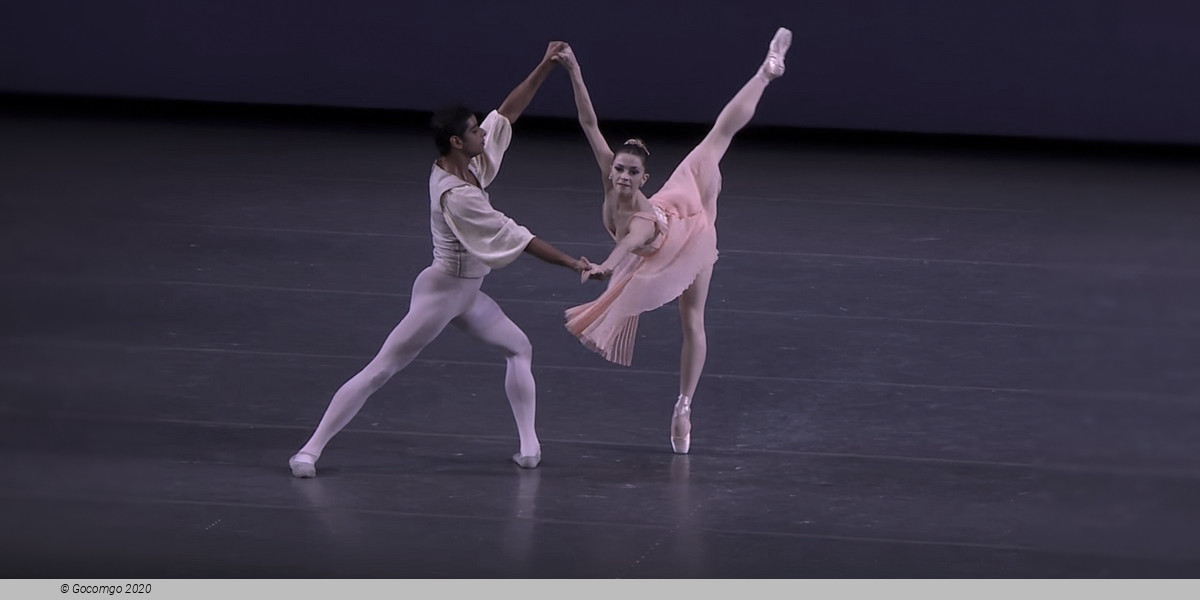
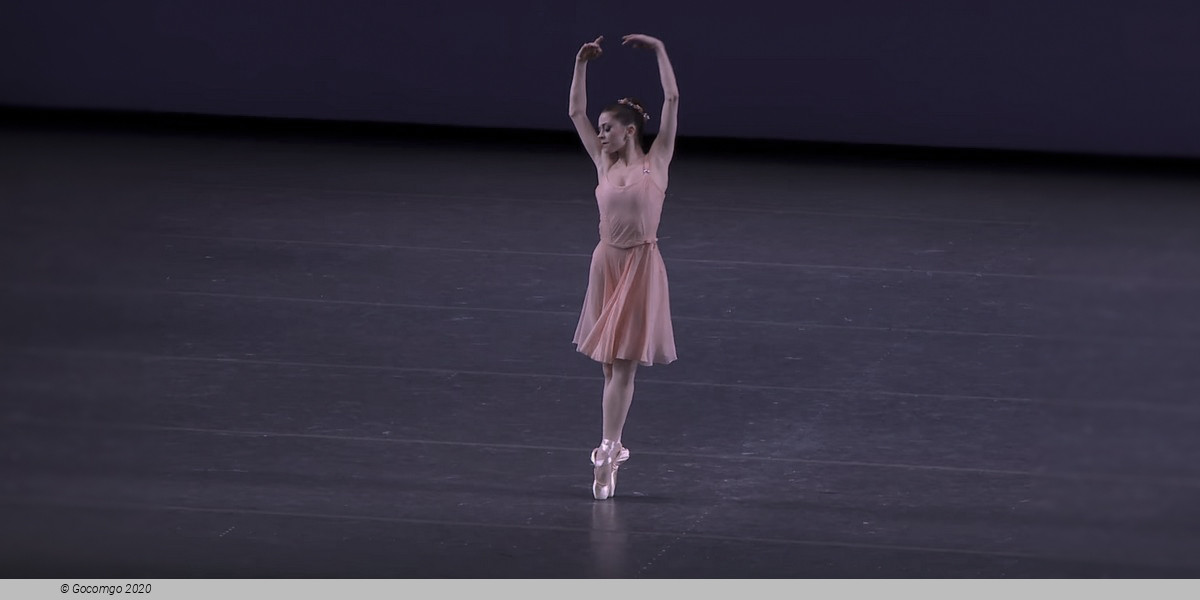
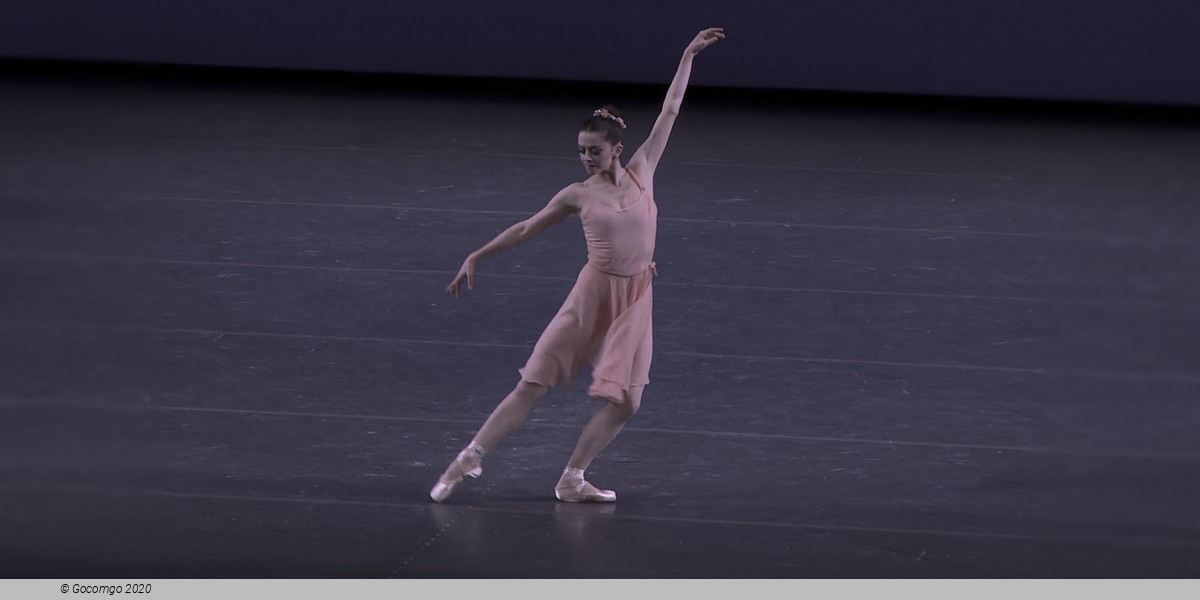
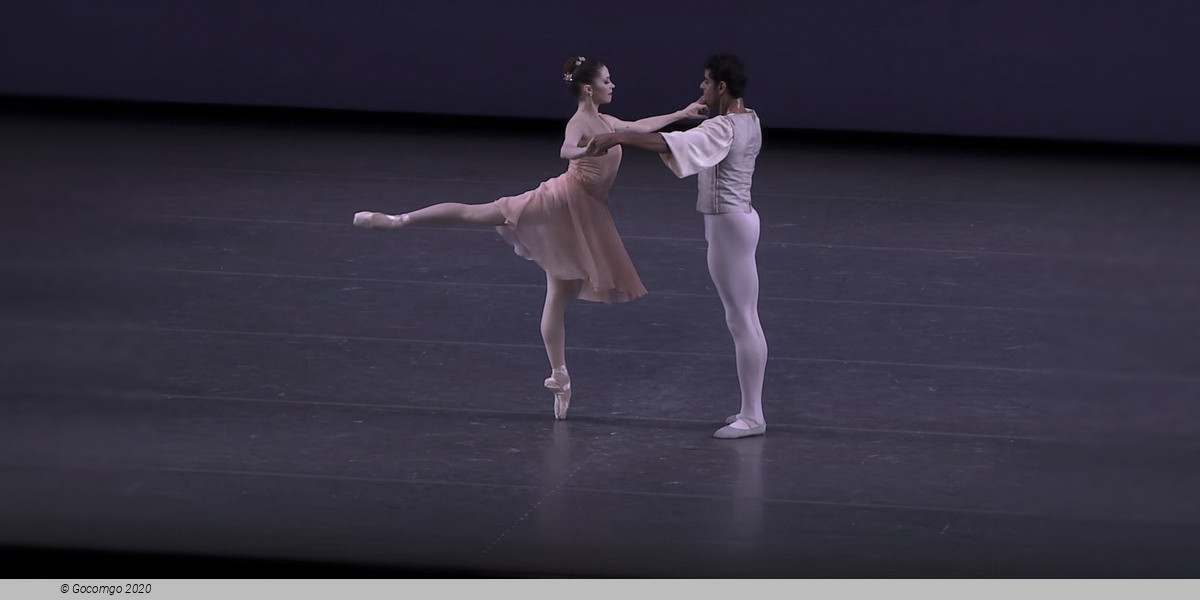
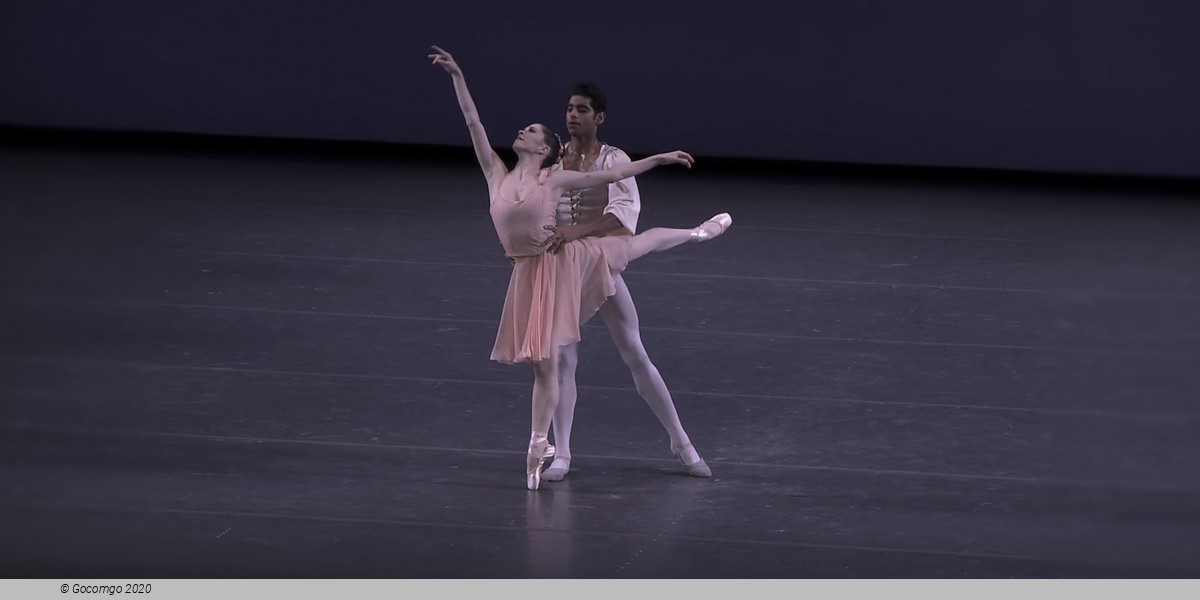
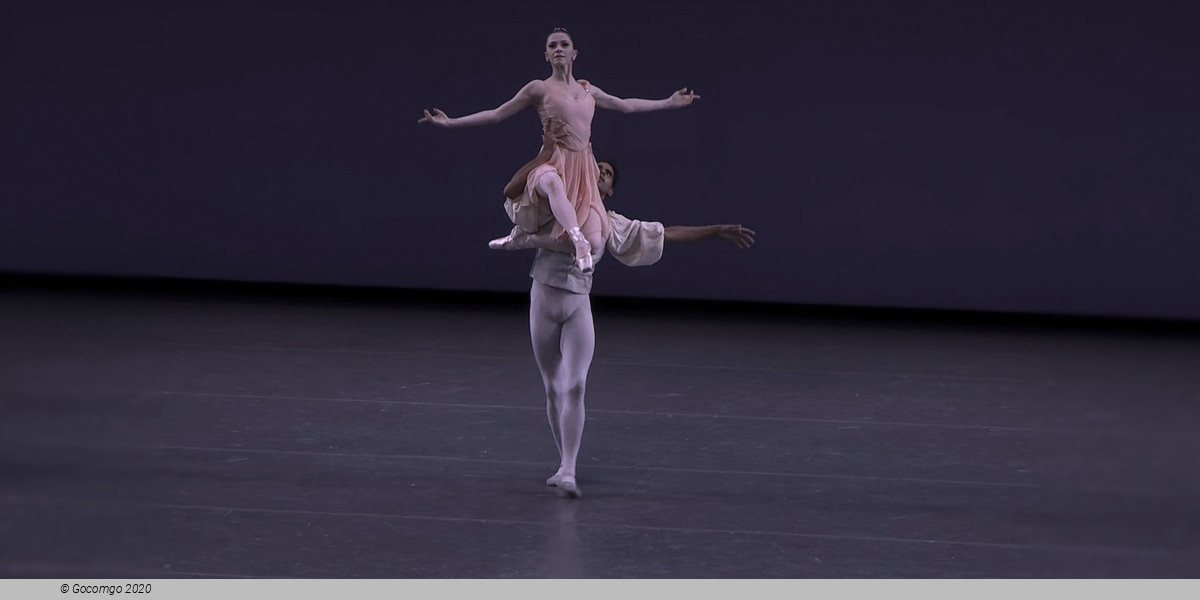
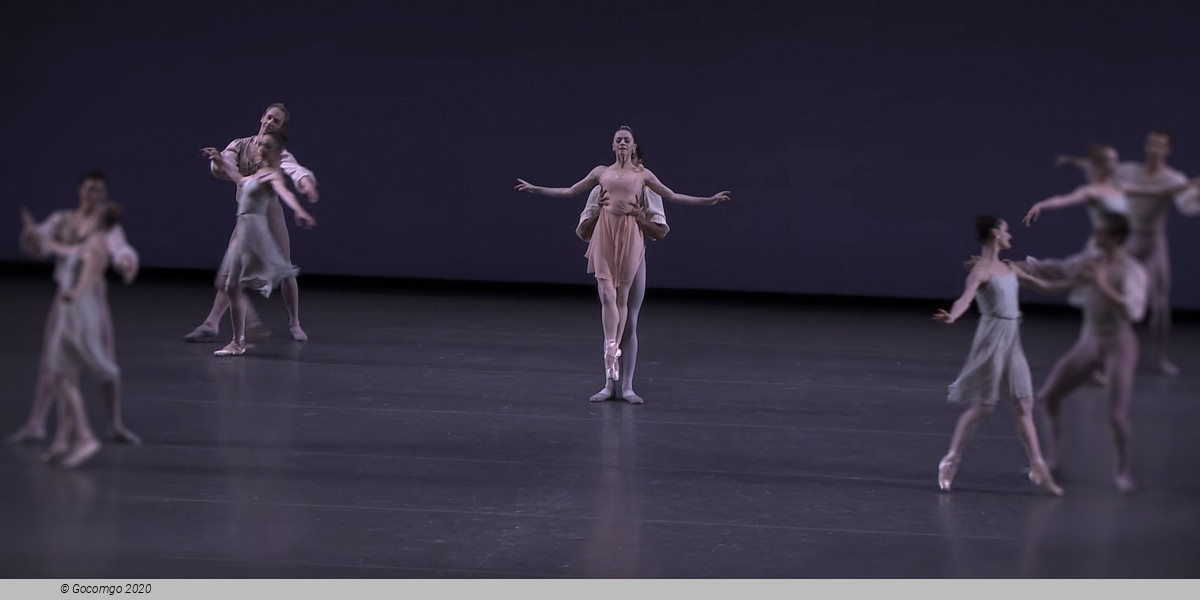
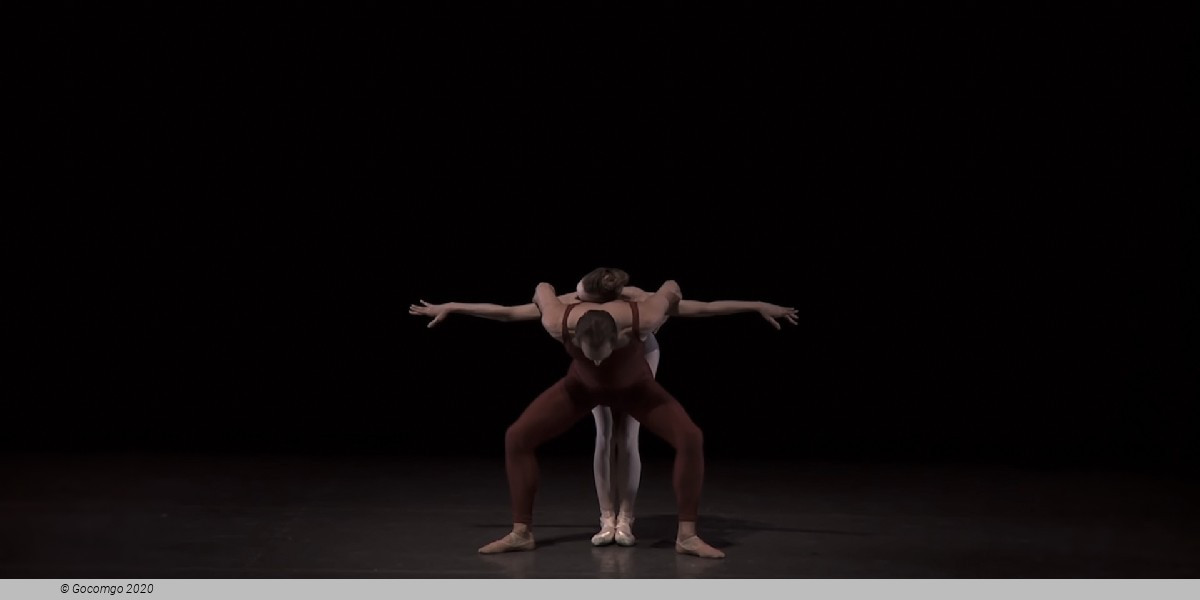
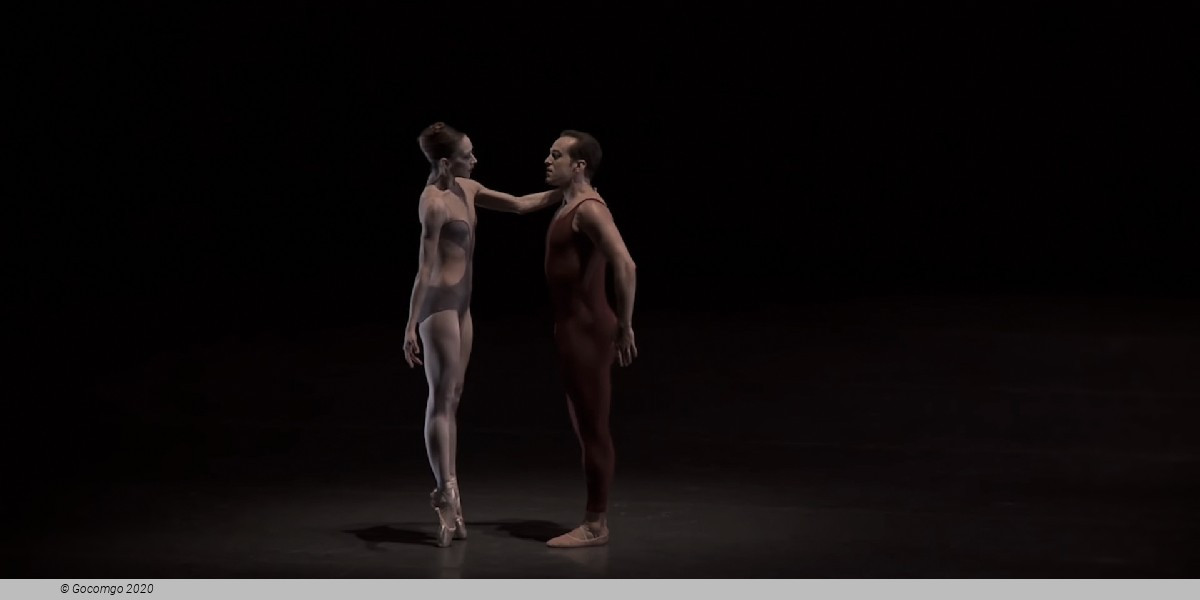

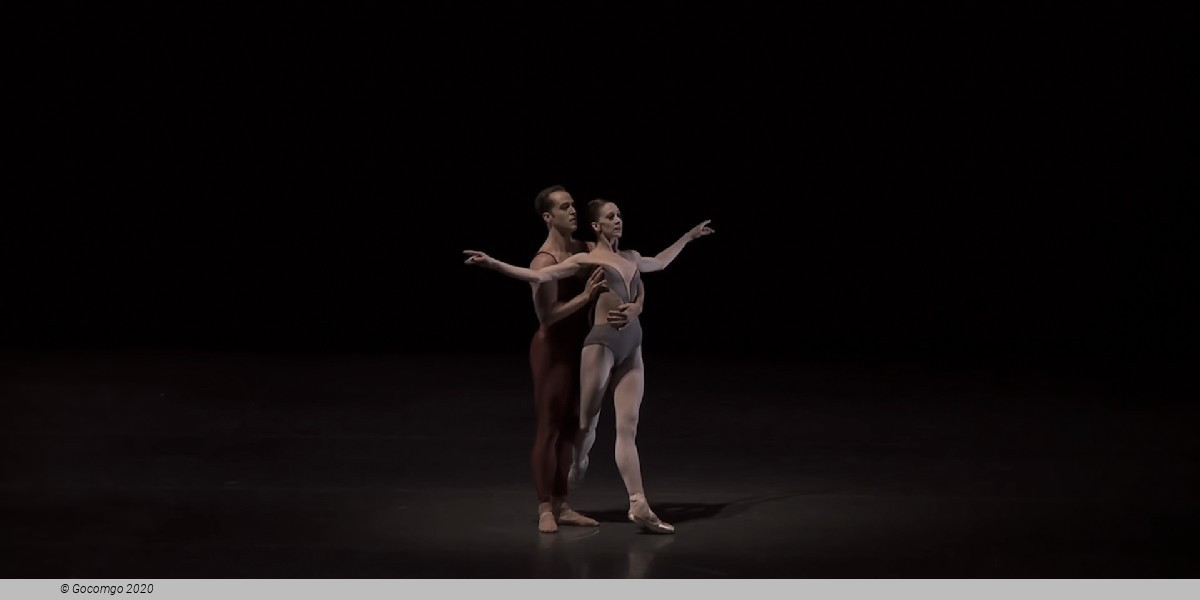
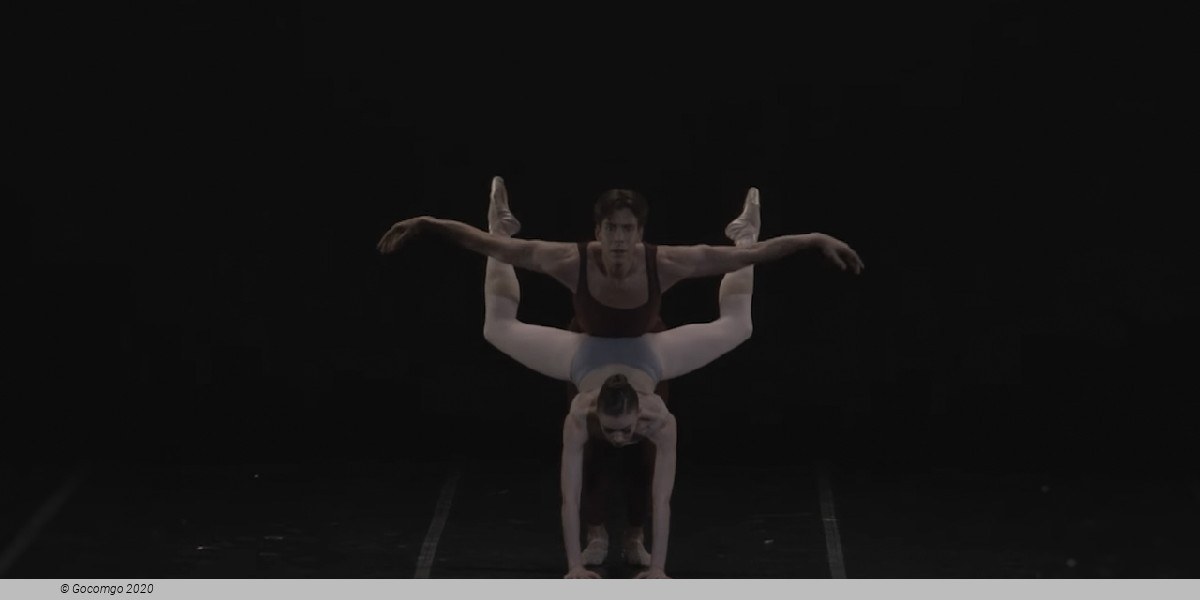
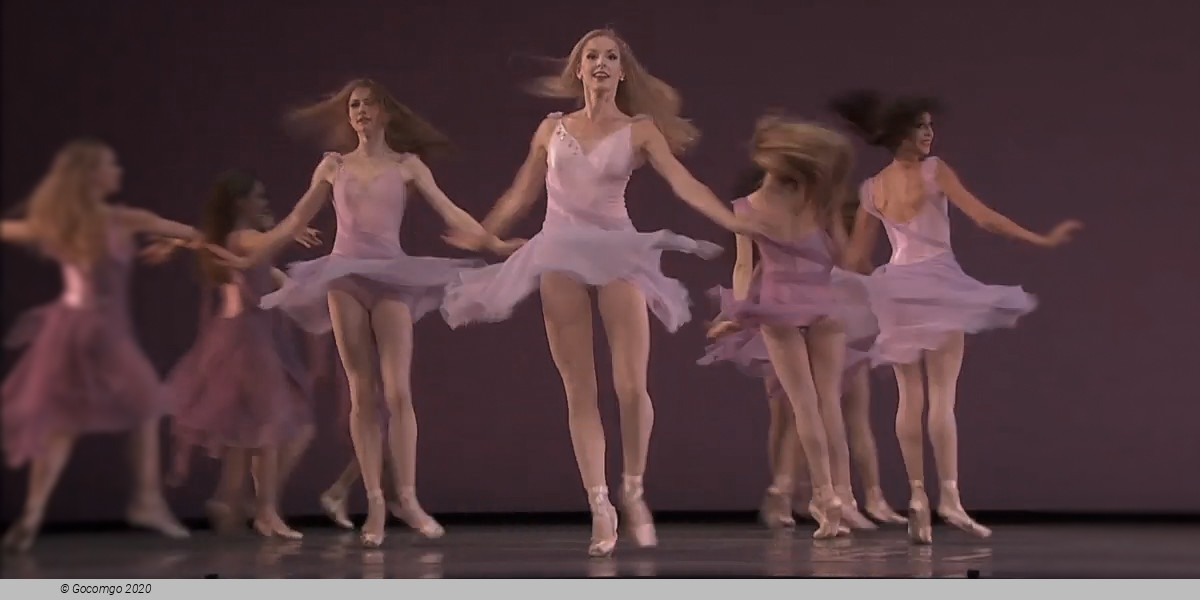
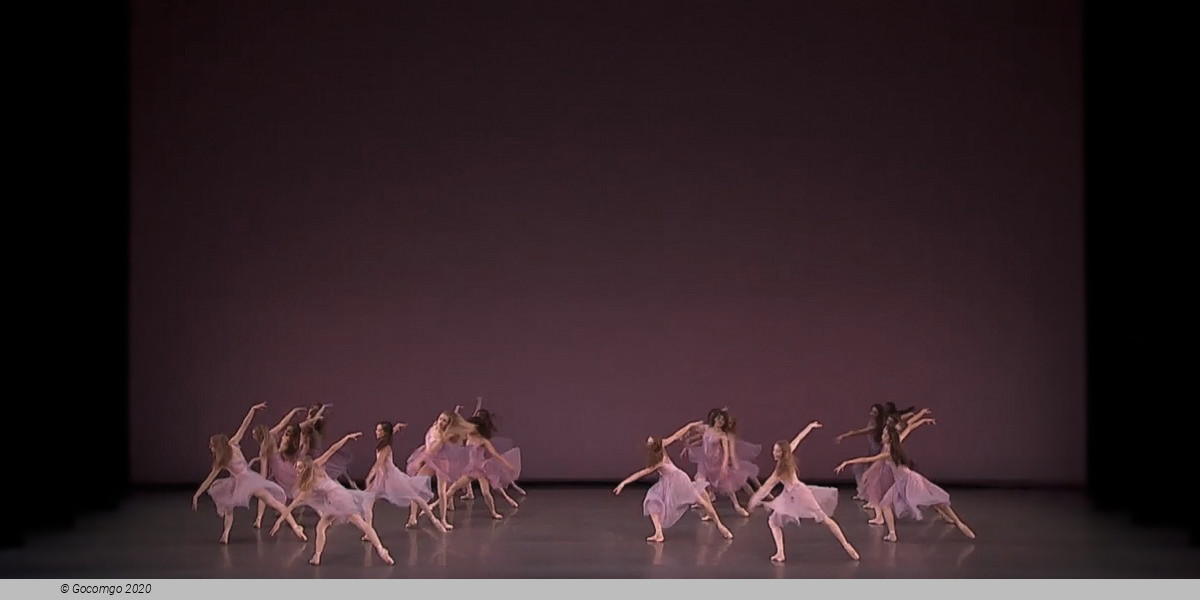

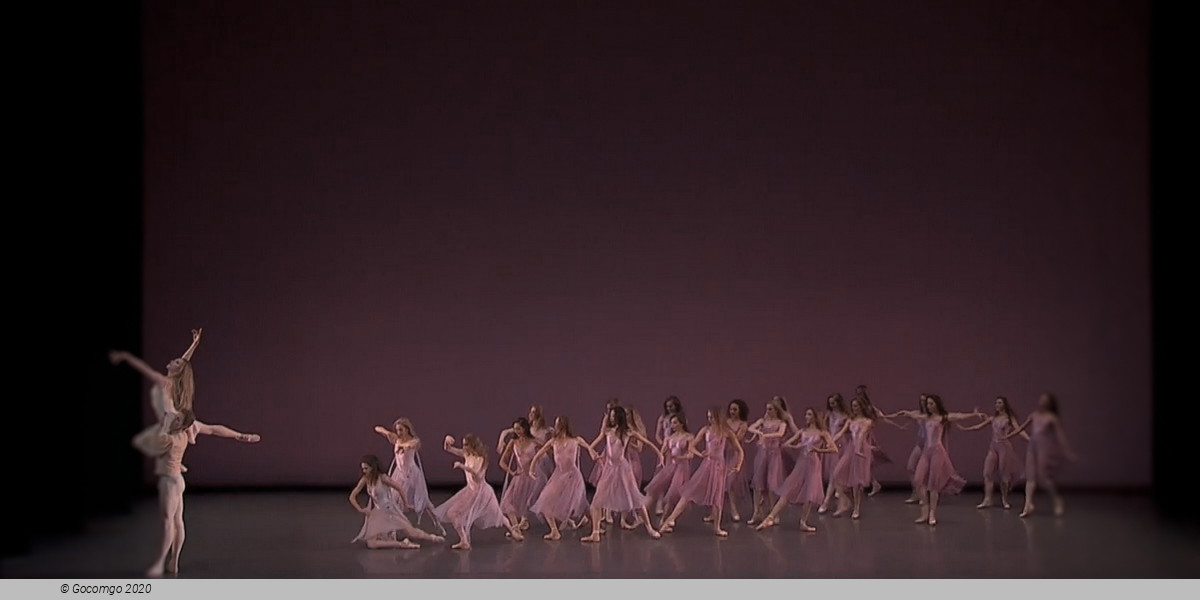
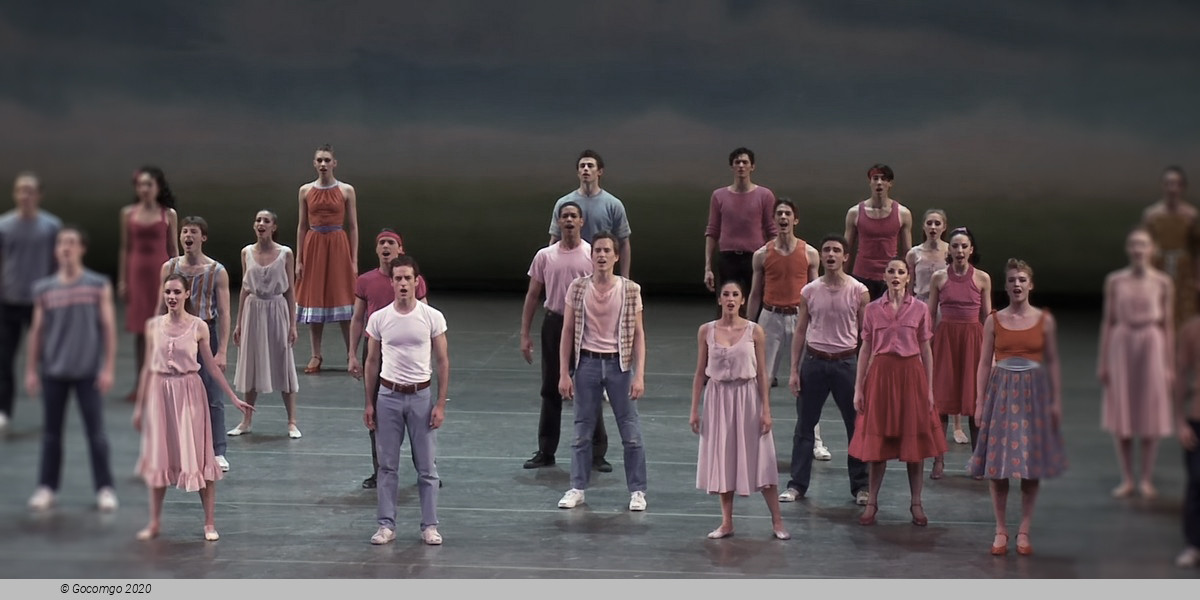

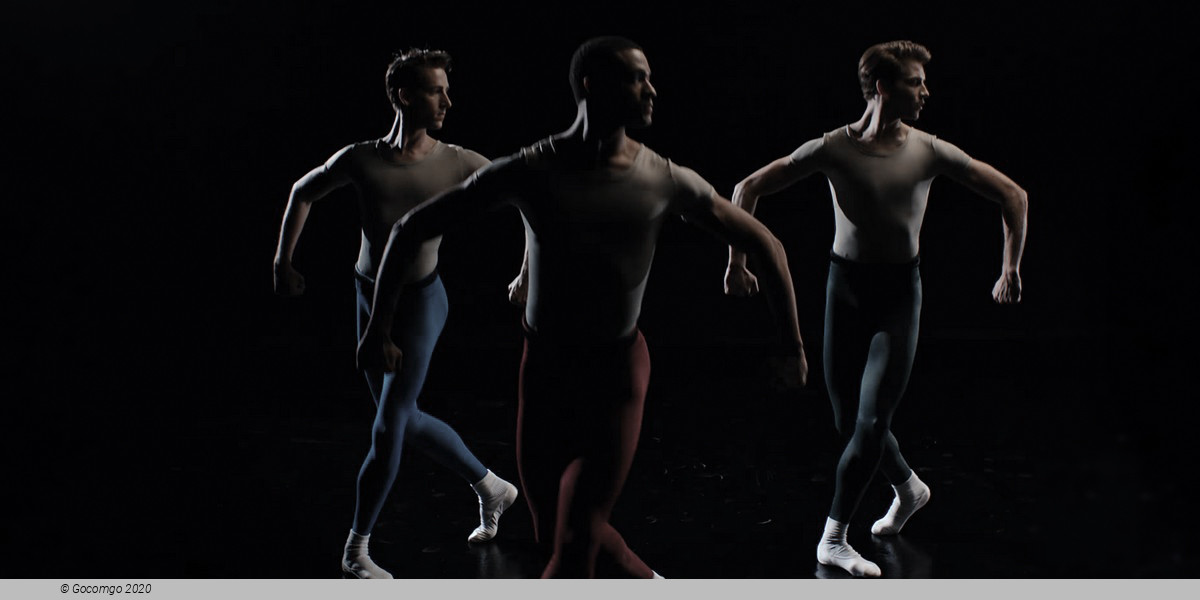
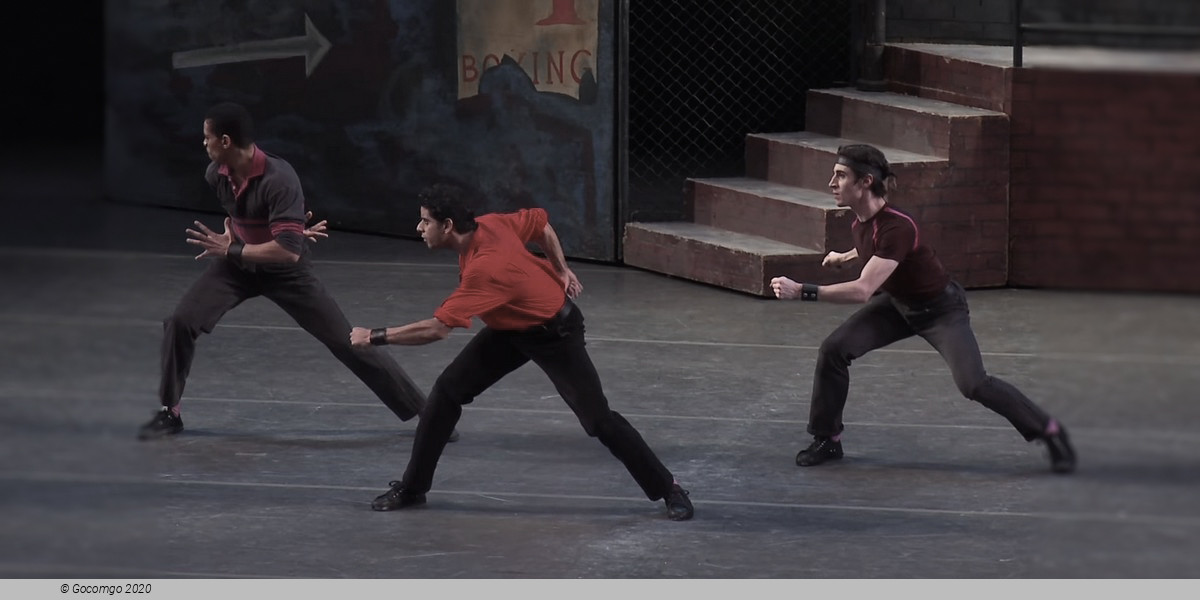

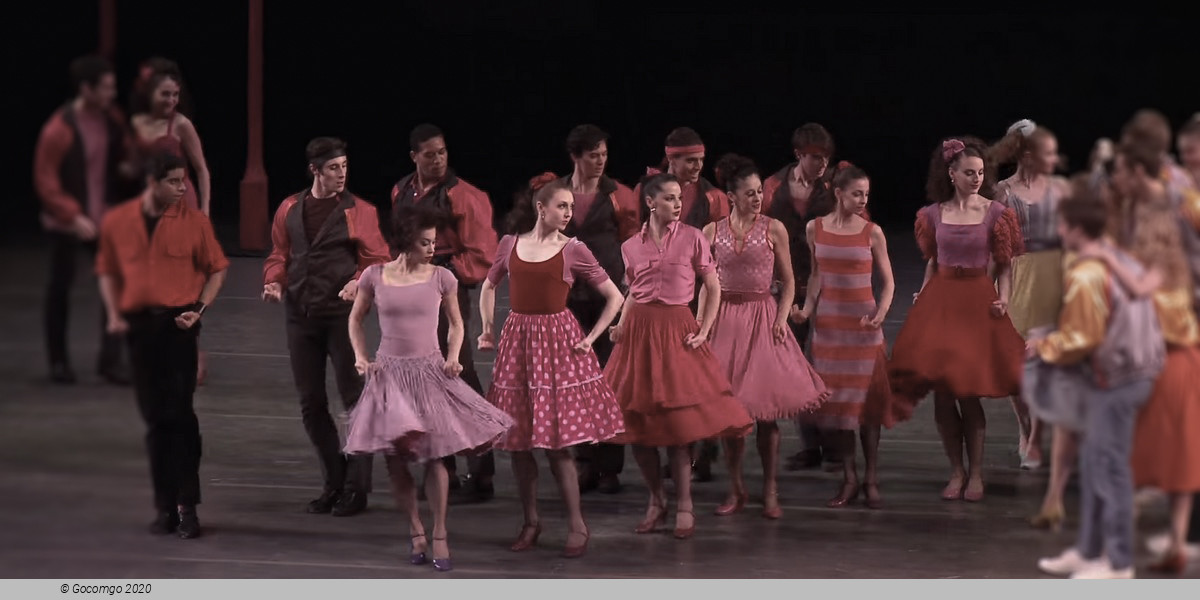
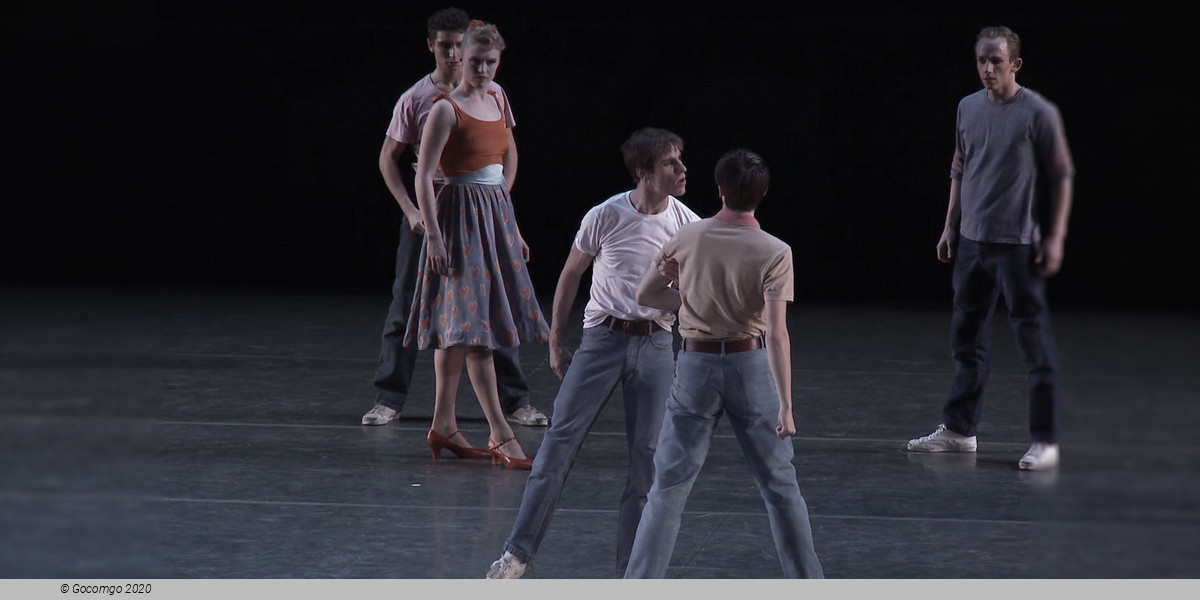
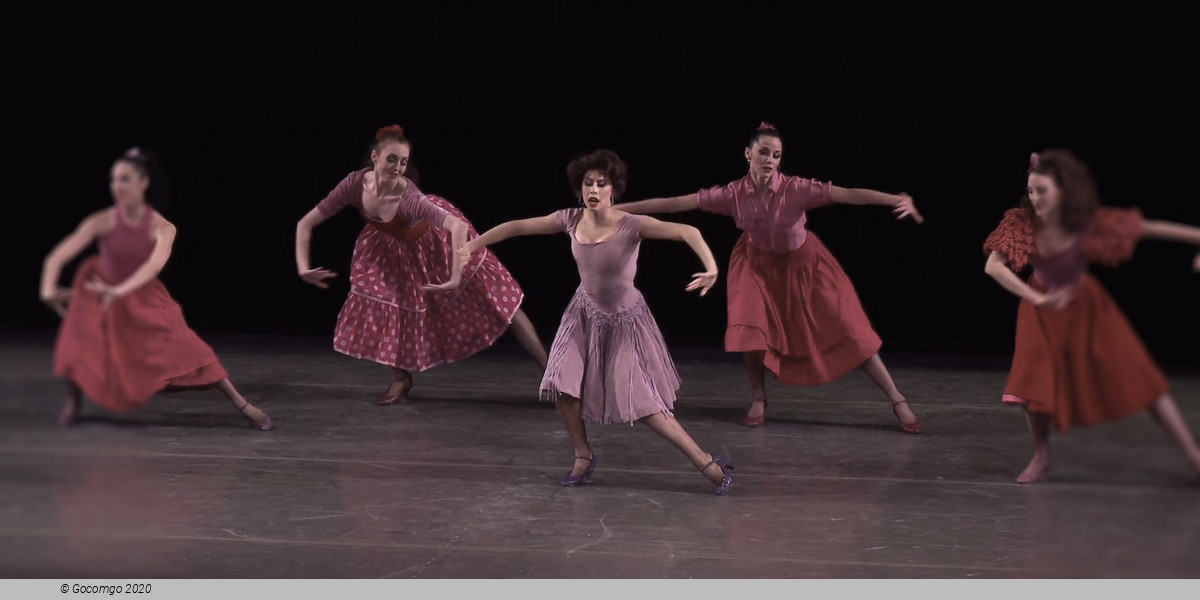
 20 Lincoln Center Plaza
20 Lincoln Center Plaza